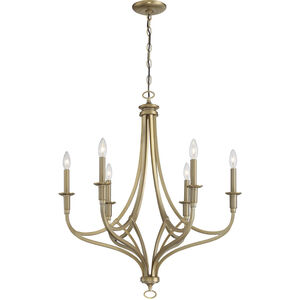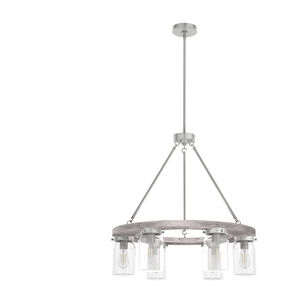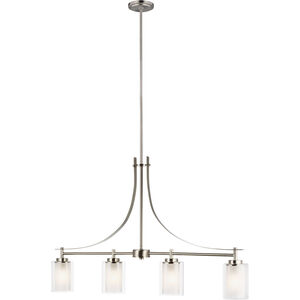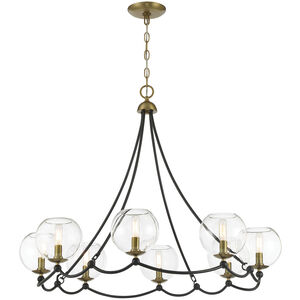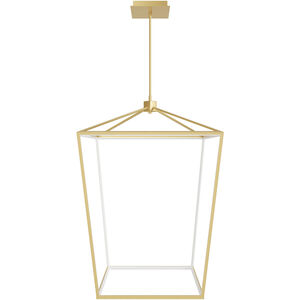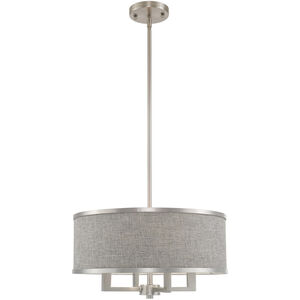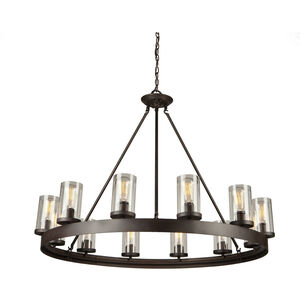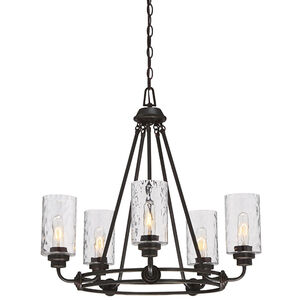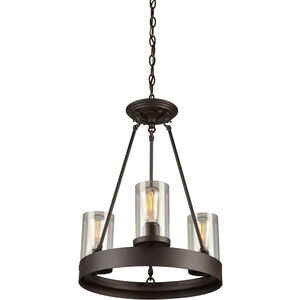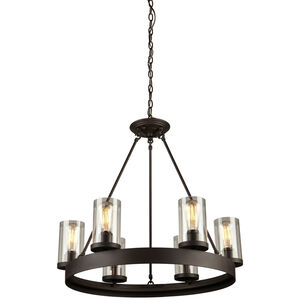Chandelier Parts Diagram: Identify & Replace Parts | Lighting New York
Understanding Your Chandelier: A Parts Diagram Guide
Decoding Your Chandelier: A Visual Guide
Chandeliers are stunning centerpieces that elevate any room. But what happens when a part breaks, or you're trying to assemble a vintage find? Understanding the anatomy of your chandelier is key. This guide provides a visual reference, helping you identify each component and navigate repairs or replacements with confidence. Think of this as your go-to resource for understanding the inner workings of your beautiful light fixture.
Why a Chandelier Parts Diagram is Your Best Friend
Imagine you've inherited a beautiful antique chandelier, but a single crystal is missing. Or perhaps you're tackling a restoration project on a brass chandelier. A parts diagram becomes invaluable, allowing you to accurately identify the missing piece and source a suitable replacement. It's also essential for assembly, especially for DIY enthusiasts tackling a new project or reassembling a chandelier after moving. Similarly, if you're dealing with a tangled mess of wiring, a diagram can be a lifesaver.
Exploring Different Chandelier Styles and Their Components
Chandeliers come in a dazzling array of styles, each with its unique set of parts and configurations. Let's explore a few popular types:
- Crystal Chandeliers: These often feature intricate frameworks adorned with numerous crystals. The diagram will help you identify the different crystal shapes (pendalogue, almond, etc.) and their attachment points.
- Brass Chandeliers: Known for their classic elegance, brass chandeliers may have decorative arms, candle sleeves, and a central body. The diagram can assist in disassembling and cleaning these components.
- Modern Chandeliers: Sleek and minimalist, modern chandeliers may have unconventional designs. The diagram will highlight the key structural elements and light sources.
- Farmhouse and Rustic Chandeliers: These styles often incorporate natural materials like wood or wrought iron. The diagram helps identify the connection points for these materials and any decorative accents.
Common Chandelier Parts and Their Functions
While chandelier designs vary, some components are common across most styles. Understanding these parts is crucial for maintenance, repair, and assembly.
- Canopy: The part that attaches to the ceiling and conceals the wiring.
- Chain or Stem: Connects the canopy to the main body of the chandelier.
- Body: The central structure of the chandelier, supporting the arms and light sources.
- Arms: Extend from the body and hold the light sources.
- Light Sockets: Hold the light bulbs.
- Candle Sleeves: Decorative covers for the light sockets, often resembling candles.
- Crystals or Shades: Decorative elements that enhance the chandelier's appearance.
Understanding the function of each part will empower you to troubleshoot issues and perform basic maintenance tasks. Whether you're dealing with a flush mount chandelier in a small bedroom or a large chandelier illuminating a foyer, knowing the parts helps.
Chandelier Finishes and Their Impact on Parts
The finish of your chandelier also influences the appearance of its parts. Common finishes include:
- Black: Offers a modern and sophisticated look.
- Gold: Adds a touch of luxury and warmth.
- Silver: Provides a sleek and contemporary feel.
- Bronze: Creates a rustic and vintage aesthetic.
- Brushed Nickel: A versatile finish that complements various décor styles.
Understanding the finish of your chandelier will help you select appropriate replacement parts and maintain its overall aesthetic.
Avenue Lighting
Generation Lighting
Avenue Lighting
Designers Fountain
Commonly Asked Questions About Ceiling Lights Chandeliers chandelier parts diagram
Q: What can I use a chandelier parts diagram for?
A: A chandelier parts diagram is a fantastic visual aid! It helps you identify each individual component of your chandelier, making it easier to understand its construction and appreciate the craftsmanship that went into creating such a beautiful lighting fixture. Diagrams are also very helpful for replacement or repair.
Q: Where can I find a good chandelier parts diagram?
A: Many lighting retailers and manufacturers provide detailed chandelier parts diagrams on their websites or in product documentation. These diagrams are a wonderful resource for learning about the different elements of your chandelier and ensuring you have the correct parts.
Q: Are chandelier parts diagrams helpful if I'm considering customizing my chandelier?
A: Absolutely! A chandelier parts diagram allows you to visually explore the different components and how they fit together. This can inspire creative ideas for personalizing your chandelier with different styles of crystals, arms, or other decorative elements, allowing you to create a truly unique piece.
Q: How detailed are chandelier parts diagrams?
A: Chandelier parts diagrams can be quite detailed, depending on the complexity of the chandelier. They often label each individual component, from the canopy and chain to the bobeches and crystals. This thoroughness is very useful when you want to learn more about chandeliers!
Q: Can a chandelier parts diagram help me when I need to replace a broken part?
A: Definitely! A parts diagram allows you to confidently identify the specific part you need to replace. With a clear visual reference, you can accurately describe the component to a lighting specialist or search for the correct replacement, ensuring your chandelier is beautifully restored.
